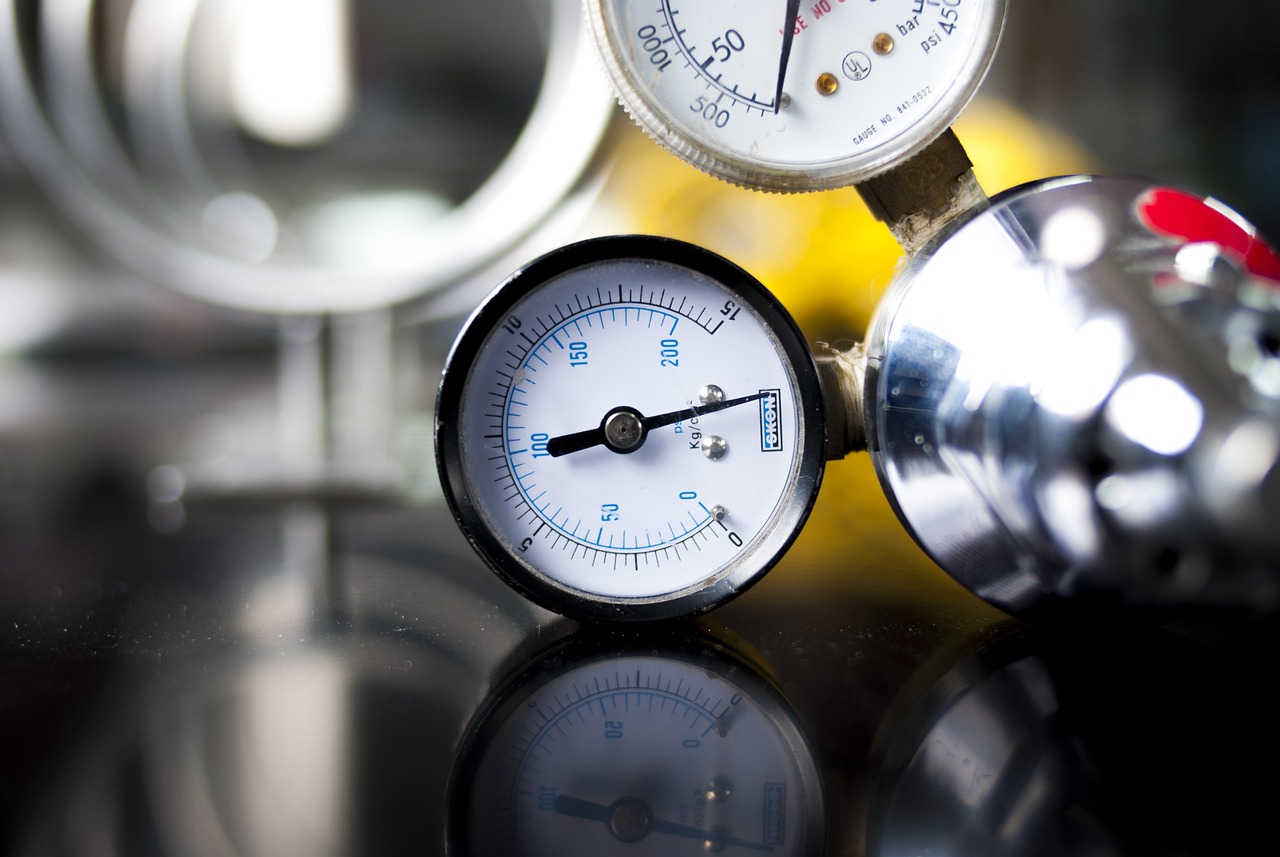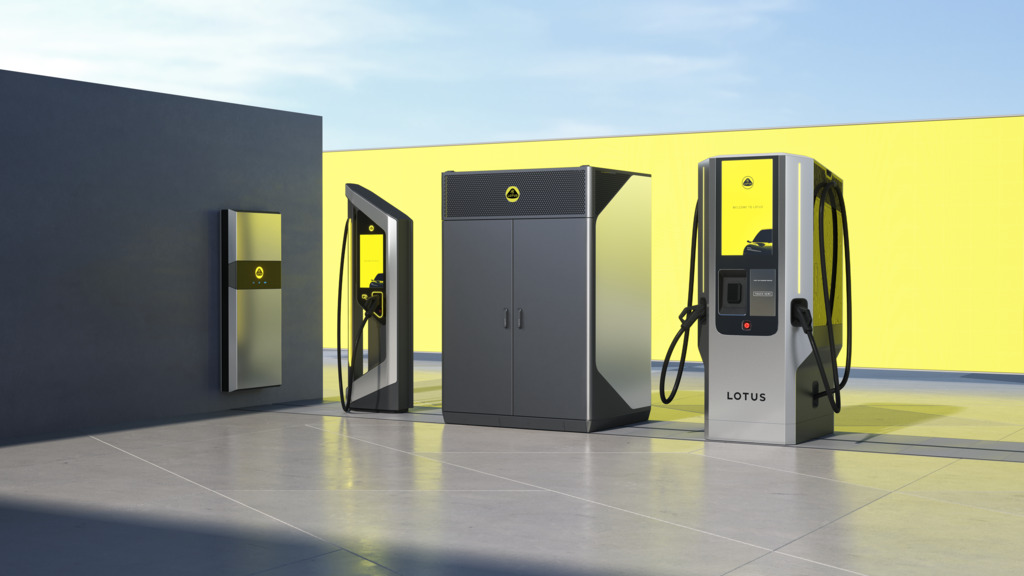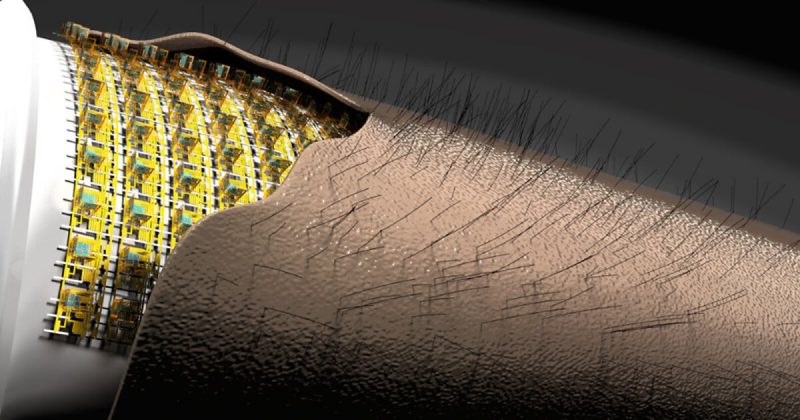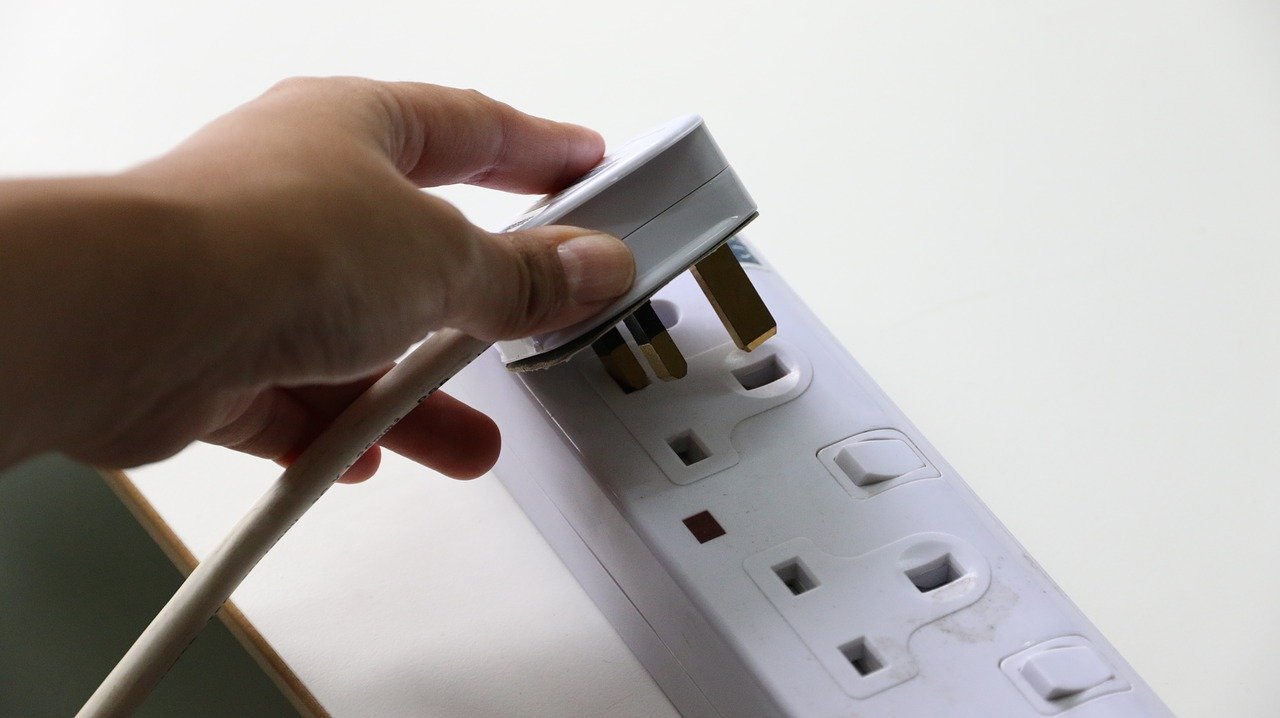Vacuum is an important component for many industrial processes and systems. Vacuum pressure gauges, also known as vacuum gauges or vacuum indicators, are used in industrial equipment to measure the pressure inside the various systems and components. Whether you want to purchase a vacuum pressure gauge or you just want to learn more about these devices, we have discussed all you need to know in the sections below.
What is Vacuum Pressure?
Vacuum pressure (Pvac) is the pressure in a vacuum or space void of matter. A vacuum is created when air molecules are removed from a space, which leaves behind fewer particles to exert pressure on the walls of the space. As more air molecules are removed, the pressure inside the chamber drops and reaches zero at absolute zero. To understand how vacuum pressure gauges work, we must first distinguish the different forms of pressure and how they are measured. Below is a quick overview:
- Absolute pressure (Pabs). It is defined as the force acting on a unit area or exerted by a fluid at rest on the walls of its container. Absolute pressure is measured with respect to the absolute zero point. A perfect vacuum, for example, has an absolute pressure of zero while the earth’s atmosphere at sea level has a Pabs of one atm.
- Atmospheric pressure (Patm). It is the pressure exerted by the air at sea level. Atmospheric pressure decreases with increasing altitude above sea level. The standard value for atmospheric pressure is 101,325 Pascals.
- Gauge pressure (Pgauge). It is the pressure of a system measured relative to atmospheric pressure. In other words, it’s the pressure difference between absolute pressure and atmospheric pressure. It’s always higher than atmospheric pressure.
- Vacuum pressure (Pvac). It is measured relative to atmospheric pressure and is defined as being equal to zero when no gas exists in any part of an evacuated vessel or chamber. Vacuum pressure is often expressed with a negative number and is lower than atmospheric pressure.
Working Principle of a Vacuum Pressure Gauge
Like most pressure gauges, the vacuum pressure gauge uses the Bourdon tube. Vacuum pressure gauges measure the difference between atmospheric pressure and the pressure inside the vacuum chamber. This difference is often measured using a Bourdon tube, a metal coil that expands or contracts depending on the pressure differential.
The change in diameter of the coil causes an indicator needle to move up/down on a dial face. This is then displayed in the reading. Vacuum pressure gauges are available with a back or bottom connection like the other pressure gauges. Their casing could also be made of stainless steel or plastic casing. The plastic casing is corrosion-resistant and cheaper but is more sensitive to impact.
Uses of Vacuum Gauges
In various industries, vacuum gauges are often used to test pressure within a system before it is sealed up or closed off from outside air pressure. This helps ensure no leakage when the system is turned on and used. Vacuum gauges may also be used during assembly processes in automotive industries to check for vacuum leaks in engines and other parts.
Vacuum gauge is also used in the food and beverage, pharmaceutical, manufacturing and chemical industries. They help ensure certain operations are done at vacuum conditions to avoid pollutants while enhancing optimal performance.
Vacuum Gauge Accuracy
Accuracy measures how close the measured pressure value is to the true value. In the case of vacuum gauges, accuracy refers to how well they measure the actual vacuum pressure in a system. Different types of vacuum gauges have different accuracies, with some being more accurate than others.
The accuracy of a vacuum gauge is often expressed as a percentage of the span. Some standards, such as EN 837, provide accuracy requirements for pressure gauges in accuracy classes. An accuracy class of 2.3, for instance, means that the gauge may deviate up to 2.3% of the span from the true value. If the vacuum gauge has a span of 1 bar, the bar deviation is 2.3%*1 bar = 0.0023. Bar deviation can be positive or negative.
Some factors that can affect the accuracy of your vacuum gauge measurement are poor calibration of your gauge, leaks in the system being tested, temperature ratings or fluctuations, and heavy vibrations.
Choosing a Vacuum Gauge for Your Applications
Vacuum gauges are an essential part of many industrial processes. When choosing a vacuum gauge, ensure you understand your system requirements, from the pressure ranges to measure, temperature rating, to accuracy levels. You should also understand the basic pressure gauge selection criteria, such as pressure units and gauge materials. Here, the chemical compatibility of the material is one crucial factor to pay attention to.
The other vacuum gauge selection criteria include the type of mounting and connection. If you are new to pressure gauge selections, consider seeking help from an experienced and trusted professional.







